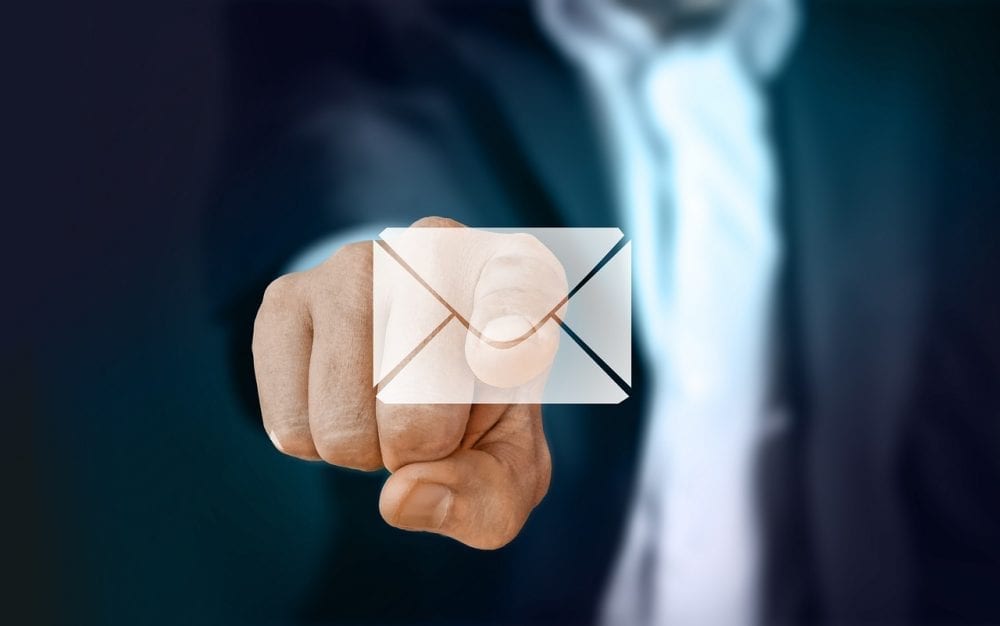How often do you find yourself at work wishing there were more hours in the day? Sadly, you can’t create more time, but you can learn to do more with the time you do have.
One of the biggest threats to our productivity at work is the constant distraction of email. A recent study showed that employees spend up to a third of their working time reading and replying to emails. To make matters worse, many of these are not urgent, or important.
So what can you do to make more time for the work that really matters? Here are 10 tips to help you manage your email, and stop it managing you.
1. Follow the two-minute rule
Many people feel under pressure to reply to emails straight away, but this constant interruption can dramatically affect your concentration and leave you feeling like you’re never making progress. Set a threshold, such as two or five minutes, and if you can deal with an email in that time or less, do it immediately and archive it. Otherwise, set it aside and work on it later.
Approaching incoming mail in this way will help you to avoid your inbox becoming too full, whilst not losing focus on the task at hand.
2. Make an appointment with your inbox
Schedule specific times of day to read and respond to emails, rather than allowing yourself to be pulled away from your work every time a new message arrives. Depending on what works best for you, try processing your emails twice a day: once in the morning, and again in the afternoon. Turn off notifications and avoid replying outside of these set times, unless messages fall under the two-minute rule. You can even create an auto-reply or add a note to your email signature that advises anyone needing urgent assistance to call you.
3. Create templates
Check through your sent items, and you will likely find common themes in your responses. If you frequently send similar replies to certain types of email, create a template and then customise it to suit the original mail, rather than drafting a new reply from scratch every time.
4. Set a time limit for processing email
Set a limit for the overall amount of time you spend processing email and stick to it. Doing so will force you to prioritise and be more selective about what you reply to, and restrict how long you spend on each reply. This stops emails eating into the rest of your day and the time you spend on important, value-adding work.
The amount of time you set aside will depend on how frequently you process your email, and how many you typically receive. Experiment and find what works best for you.
5. Categorise your mail
Keep your inbox organised by setting up folders (or labels in Gmail) to sort, group and file the emails you don’t want to delete. Doing so will free up your inbox, and make it much easier to find messages at a later date. Use an effective naming system and create a hierarchy with broad parent categories, such as “Clients” at the top, and more specific subcategories underneath, such as the names of each client.
6. Use rules or filters
Take your filing system a step further by using your email client to automate the process with rules or filters. When a particular rule is matched, the email will automatically be sent to the relevant folder, reducing the amount of time you need to spend processing emails.
7. Delegate
Sometimes, trying to help everyone can be our undoing. If you don’t know something, don’t waste time trying to find an answer. There may be someone in your company who can answer the question better than you, so delegate the response to that person.
8. Use the right communication tool for the job
Consider whether email is the best medium to convey your message or achieve your end goal. Sometimes a quick phone call or Skype meeting can be far more effective and avoids an unnecessary chain of emails going back and forth. Slack can also be a useful tool for quick answers to short messages, and prevents your inbox from becoming congested.
9. Keep it relevant
A significant amount of time is wasted every day by scanning and reading emails that turn out to be irrelevant. Reduce the overall amount of email traffic moving around your organisation by really questioning whether you need to CC or BCC colleagues in email chains, and insist that they do the same.
10. Unsubscribe
Newsletters and promotional emails can quickly clutter your inbox, burying more important email. Be ruthless in unsubscribing from newsletters that you no longer open or have lost interest in. An easy way to do this is to search your inbox for the word “unsubscribe”. You can then review your subscriptions and decide which you want to keep, and which you don’t.
If you are interested in more tips on successful email management, or on top email providers for small business, you should definitely check the blog page on Mailbird.



